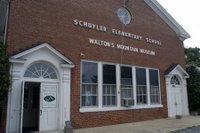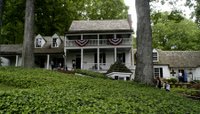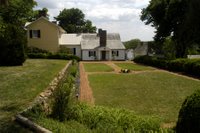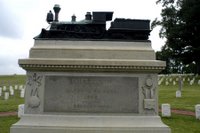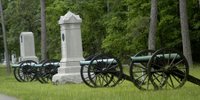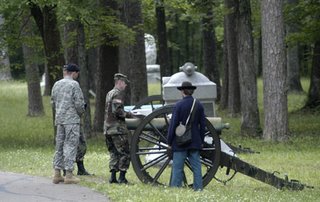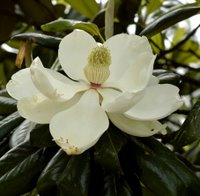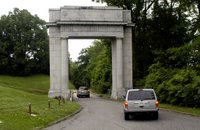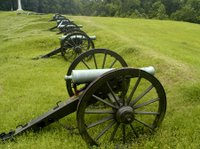Harpers Ferry
We decided to go to Harpers Ferry National Park. However, we took a detour to the small town of Middleton, VA. first. Why you ask? In reading our tourist information, we kept reading about a small company called Route 11 Chips. Apparently their gourmet potato chips are enjoyed by many deli patrons in many parts of the country. 
Well, we checked the factory out. It was fun to watch the potato slicer power slice the potatoes. Then they are cooked in small batches which are monitored by the workers and then removed from the oil at just the right moment. They are hand inspected and then bagged. With several different flavors and no preservatives they are quite tasty. Of course the visitors like us get fresh cooked warm samples! Yummy !
After our little chip snack we set off for Harpers Ferry, West Virginia. Harpers Ferry is situated between two mountains where the Shenandoah and Potomac Rivers come together to pass through the Blue Ridge mountains.
It's history is very diverse. As home to a large Union arsenal,  Harpers Ferry witnessed the first successful application of interchangeable parts ( in gun manufacturing). The first successful American Railroad ran through Harpers Ferry. In addition, John Brown's attack on slavery occurred here. The largest surrender of Federal troops during the Civil War happened when the Confederates attacked the arsenal. After the Civil War the education of former slaves started in one of the earliest integrated school in Harpers Ferry.
Harpers Ferry witnessed the first successful application of interchangeable parts ( in gun manufacturing). The first successful American Railroad ran through Harpers Ferry. In addition, John Brown's attack on slavery occurred here. The largest surrender of Federal troops during the Civil War happened when the Confederates attacked the arsenal. After the Civil War the education of former slaves started in one of the earliest integrated school in Harpers Ferry.
We took the National Park bus from the visitor center down to the old town of Harpers Ferry. Many of the original buildings still line the riverbanks. The National Park Service has turned the buildings into small museums highlighting different aspects of the area's history. We both went to Harpers Ferry thinking of it as a Civil War site where boasts crossed the river. Through all of the exhibits and museums we found much more of this pivotal area's rich history.



